Course on
Internet of Things
A course that inspires you to forge!
In our IoT classes, students are taken on a journey of discovery, one that inspires students to see the potential IoT has to address some of the most acute human and environmental needs in various sectors like Agriculture, Education, Healthcare, Energy, Manufacturing etc. The course on IoT will guide one through its fundamentals and implications in day to day life as well as in the real world by bringing in transformation of a dynamic system of connected devices. During the period of 12 weeks, students are trained to build applications from multiple sensors, actuators, development boards to communication protocols, web APIs, cloud platforms and hardware configurations, leaving no stone unturned. This is a completely hands-on course, with challenges infused within the curriculum to create a fun learning experience in class. The program encourages students to tinker with all the available resources in the labs, ensuring their readiness to build various kinds of applications by the end of the program.
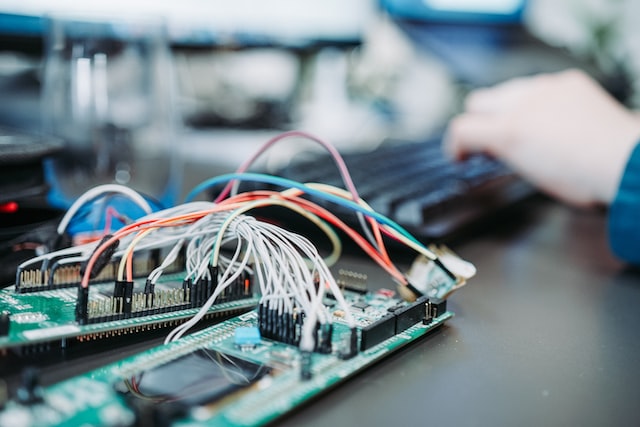
Overview
Through hands-on experiences, the course aims to empower individuals with the knowledge and skills required to design, develop, and implement IoT systems effectively. Participants will learn to select and integrate appropriate sensors, actuators, and communication protocols, enabling them to create intelligent and interconnected solutions. The ultimate goal is to equip learners with the expertise needed to navigate the complexities of IoT, fostering innovation and contributing to the advancement of smart and connected technologies.
Course Outcome
- Recall and articulate fundamental concepts of IoT hardware, sensors, and communication protocols, demonstrating a clear understanding of the foundational elements essential for building IoT applications.
- Apply the knowledge by configuring web servers, analysing communication protocols, and demonstrating the ability to set up Wi-Fi communication.
- Design solutions using IoT Cloud.
- Build a prototype of the ideas that can solve the identified problem.
START DATE : 1st Oct, 2024
DURATION : 24 Hours
HOURS PER WEEK : 2 HOURS
Syllabus
Course Syllabus
Getting started with IOT
Module 1
Students will be given an introduction on IoT which includes concepts of control systems, system structure and introduction to major components surrounding IoT. They will also be introduced to Microcontrollers with WiFi capabilities such as ESP8266 and ESP32 as well as different sensors which they’ll be integrating with different boards in the upcoming weeks.
NodeMCU
Module 2
In this module, students will explore the NodeMCU platform, learning to integrate Wi-Fi capabilities into their projects. They will gain hands-on experience in programming NodeMCU to connect to the internet and communicate with various devices and sensors. Additionally, students will learn pin configurations and how to effectively utilise them in their designs.
Communication Protocol
Module 3
In this session students will be introduced to Client-Server communication using HTTP protocol and BLE along with HTTP action items like HTTP GET, POST, PUT, PATCH, DELETE. Students will also learn how to implement HTTP GET & HTTP POST while programming the ESP boards and using the HttpClient library. They are also introduced to APIs and their role in IoT.
Setting up Web Server Interface
Module 4
In this session students will be integrating a WiFi module with LED and sensors like DHT11/ 22 Temperature Humidity sensor or Ultrasonic sensor, to establish control over switching of the light and to monitor the ambient conditions respectively with a web server. By the end of this week students will be able to program such applications with Arduino IDE and develop a web server for controlling or monitoring an IoT application.
Design Challenge - Milestone 1
Module 5
In this milestone, students will build a data visualisation web page that addresses a specific problem statement. They will focus on designing an intuitive interface that effectively presents data, enabling users to gain insights and make informed decisions.
Publish-Subscription Model
Module 6
Students are introduced to Publish-Subscribe communication using MQTT Protocol in this session. They will also learn how to execute the same using HiveMQ tool. Students will make use of Adafruit IO, an MQTT application tool for data visualisation and use IFTTT for deploying IoT applications.
IoT Cloud Integration
Module 7
In this session students will be introduced to the Firebase application by Google for utilising it as a real time database to store and append the latest information in a digital space.
Real time Database for IoT Applications
Module 8
Students will build IoT applications using existing cloud services like Blynk IoT/ Arduino IoT Cloud and also integrate it to high end cloud platforms like Google cloud/ AWS for data storage, visualisation and analytics.
Design Challenge - Milestone 2
Module 9
In this session the students will create a cloud integration that can display and store data, allowing for the analysis and improved decision-making for the given design challenge.
Problem Statement and Ideation
Module 10
In this session, students will receive specific problem statements and will be tasked with designing IoT solutions to address them. Each student team will analyse their assigned problem, brainstorm potential solutions, and develop a detailed design plan for an IoT-based approach.
Prototype Building
Module 11
In this session, students will focus on creating prototypes based on their ideas for the selected problem statements. They will work in teams to bring their concepts to life, utilising various tools and technologies to construct functional models of their solutions.
Demo Day
Module 12
In this session, students will showcase their innovative ideas by demonstrating their working prototypes for IoT solutions. Each team will present their project, highlighting the problem they aimed to solve, the design process they followed, the technology they used, and how their IoT solution addresses the identified problem.
learning experience
HOW YOU LEARN
tools you will learn
- Arduino IDE/ PL
- Tinkercad
- Circuito.io
- HTTP GET
- HTTP POST
- HiveMQ
- Adafruit IO
- IFTTT
- Google Firebase
- AWS/ Arduino IoT Cloud/ Blynk IoT
- Autodesk
- Eagle
- Soldering
- Web/ Mobile UI
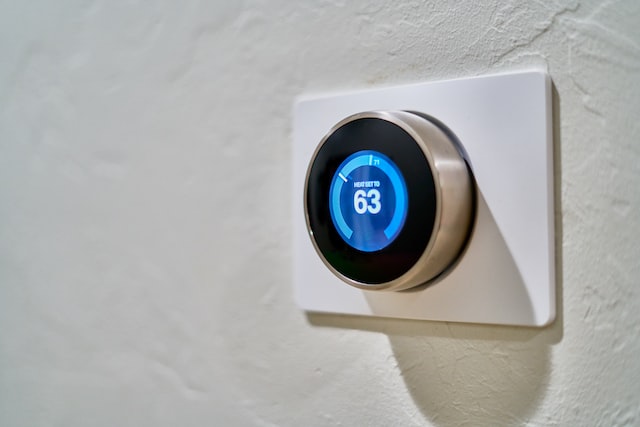
SKILL
EXPERIMENT WITH YOUR KNOWLEDGE!

Game Workstation
PCB Milling Machine
Power Tools
Laser Cutter

3D Router
Kinetic/3D Scanner
Oscilloscope

Variable Power Supply
Hand Tools
Vinyl Cutter
3D Printers
Soldering Stations

CNC Shaper
ARC Welder
MIG Welder
Welcome to the learning
of Tomorrow

![]()
![]()
![]()
![]()
DOWNLOADS
- Brochure